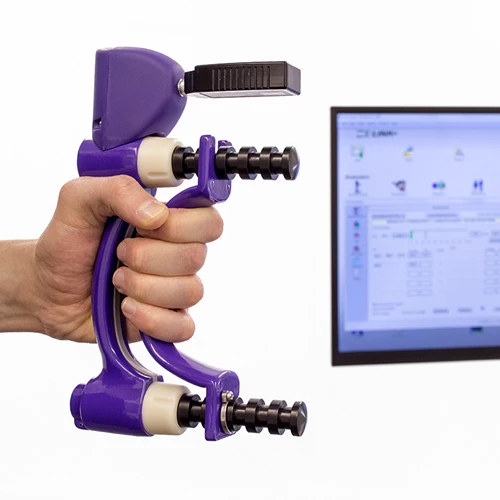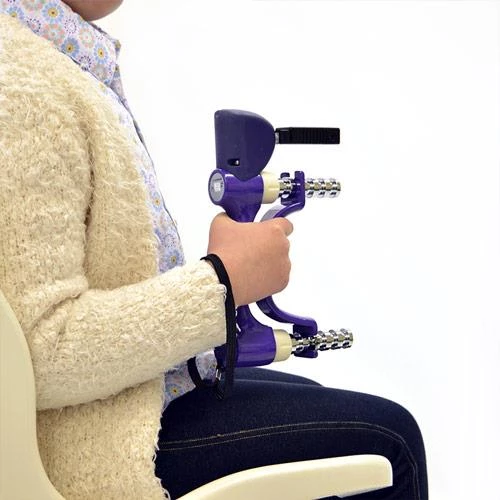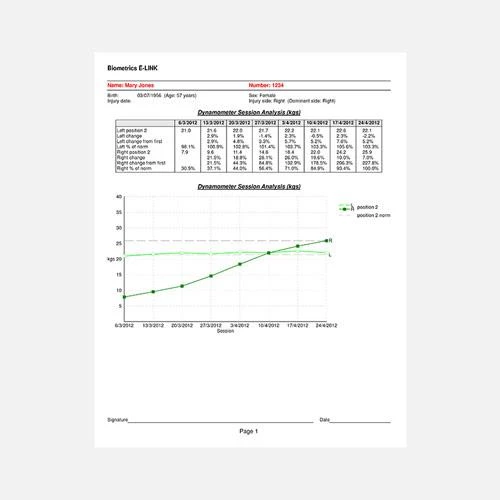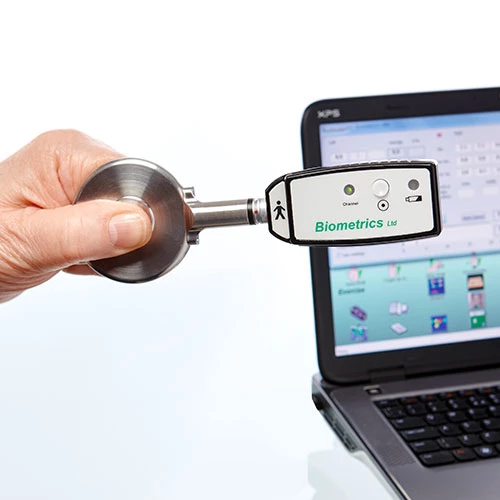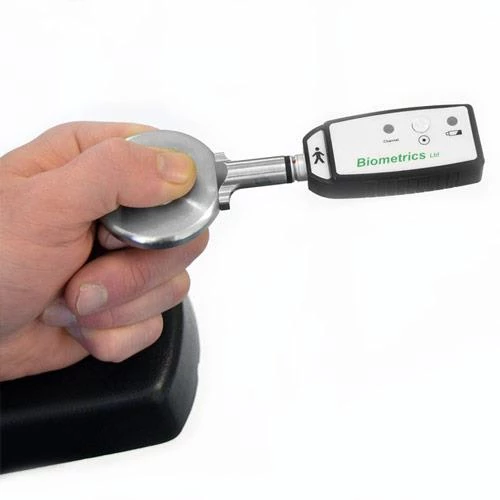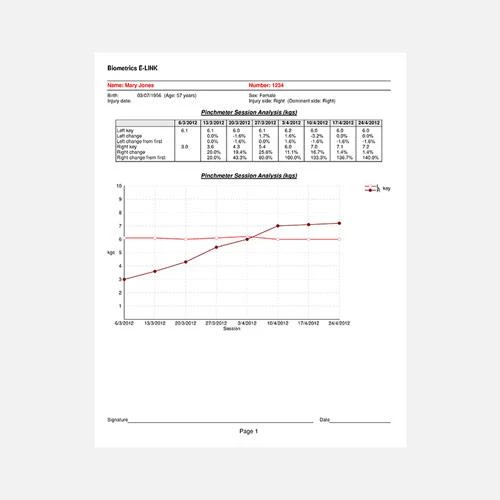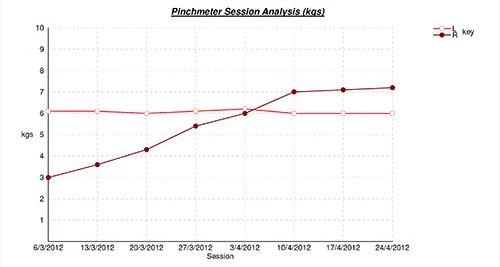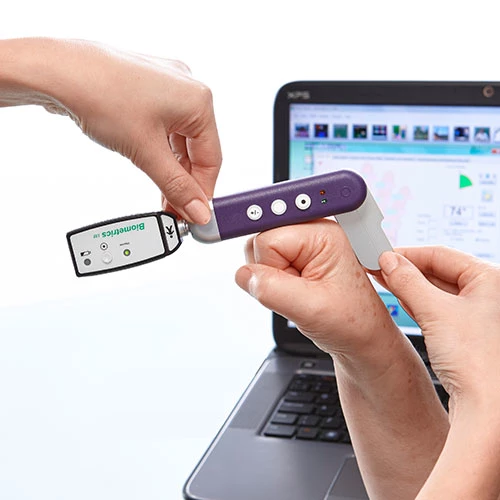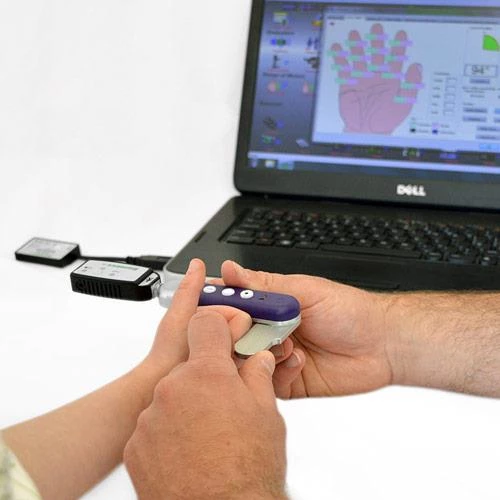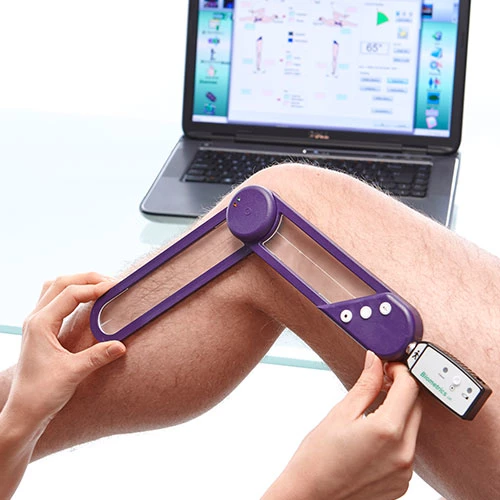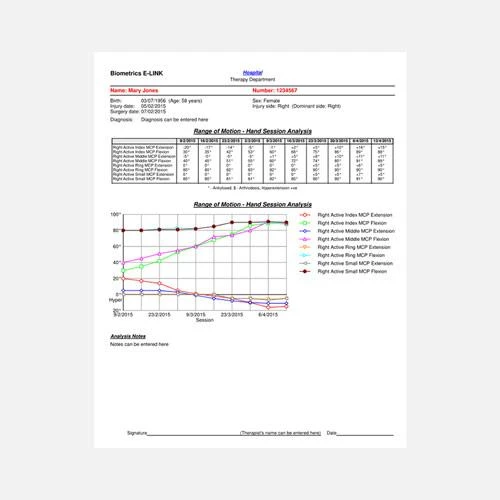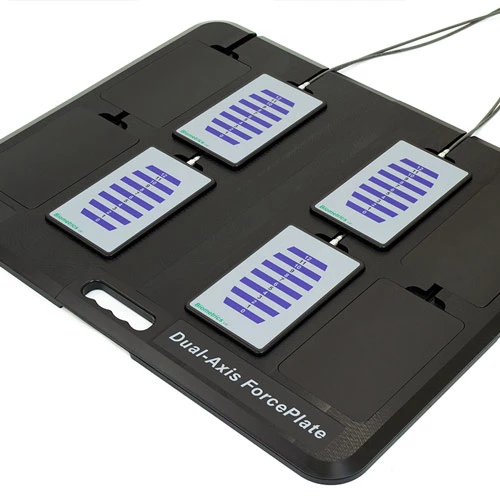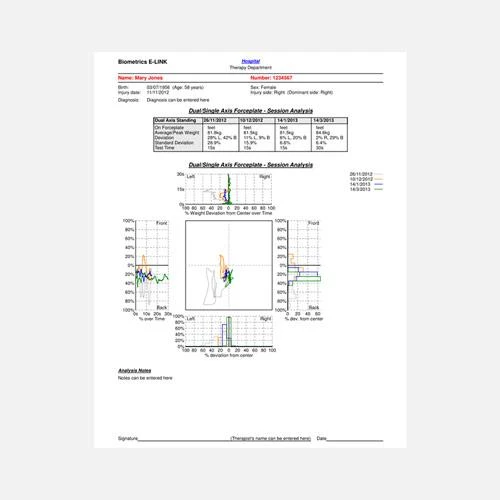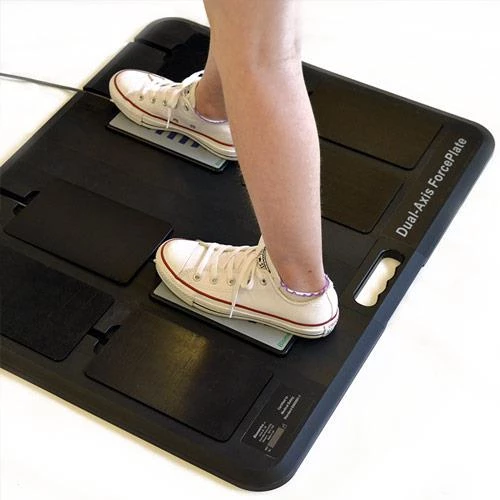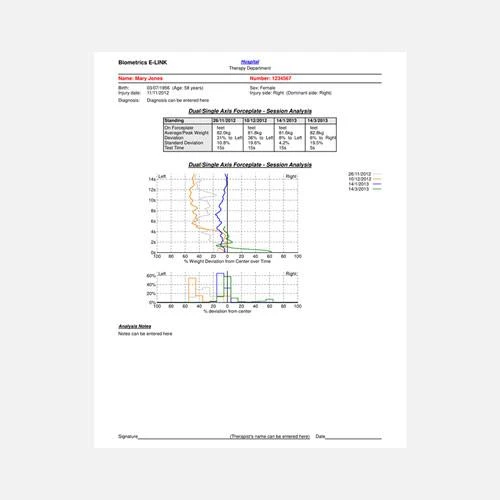Precise Evaluation
The field of neuro rehabilitation is relatively new and the number of therapies and interventions available for the patient undergoing treatment is increasing. Measuring the effectiveness of these interventions is accepted as being central to good practice.
E-LINK is the ideal system to quantify and monitor the effectiveness of certain interventions in neuro rehabilitation, particularly as the process is lengthy for most of these patients. Functional grip and pinch strength, joint ROM and weight-bearing balance are essential elements for achieving many activities of daily living and these may be closely monitored with E-LINK.
- E-LINK devices are designed for accuracy, ease and speed of data collection as well as being sensitive to assess very small measurements
- Formal standardized evaluation of grip and pinch strength, joint ROM can therefore commence very early and continue to be monitored throughout the full rehabilitation process
- Weight-bearing ForcePlates are perfect to assess the symmetry and stability of the patient's standing balance and may also be used for seated balance assessment
- Progress reports are easily generated and may be utilized as definitive clinical outcome measures
- Data is readily exported for audit and research purposes
E-LINK Dynamometer
The Dynamometer registers as little as 0.1kg/lb measurement through to a maximum of 90kg (200lbs). This enables grip strength to be assessed for even very weak and debilitated patients and where there is need for regular monitoring throughout the full rehabilitation process. Progress reports help both the patient and therapist assess the effectiveness of therapy undertaken.
The following tests, using the Dynamometer with E-LINK software, can be carried out quickly and accurately and include assessments that cannot be undertaken with a manual device:
Standard Peak Force Grip Test (1/4)
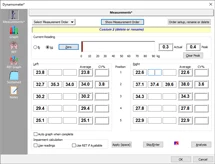
The software automatically calculates the average grip and the coefficient of variation percentage.
Sustained Grip Test (2/4)
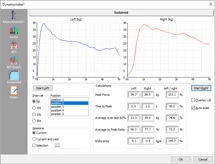
This test measures force over time for a 5, 10, 15 or 30 sec interval. Peak force, time to reach peak force, average to peak ratio percentage (sustainability) and fatigue rate are automatically calculated and immediately displayed. The current graph can be compared with a prior test to analyze progress.
Rapid Exchange Grip Test (3/4)
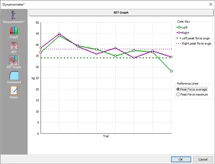
Undertaken for the detection of sub-maximal effort, this test is easily performed and documents the results in both graph and table form.
Progress Reports (4/4)
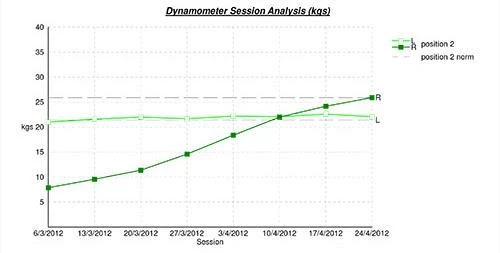
Progress Reports can be readily generated covering a maximum of 10 tests and the data is displayed in both graph and table format. Automatic calculations show the percentage of change from one session to another, the percentage of change from the first test and the percentage comparison to standard, normative Jamar data for both pediatric and adult values.
E-LINK Pinchmeter
The Pinchmeter easily and accurately measures a patient's pinch strength from 0.1kg/lb measurement through to a maximum of 22kg (50lbs). The device accommodates positioning for key pinch, three jaw and tip-to-tip measurements.
It has a unique, low profile design that permits measurement to be undertaken at a point closer to the end range than any other Pinchmeter device, either manual or electronic.
The software quickly and easily records the following:
Standard Peak Force Pinch Test (1/3)
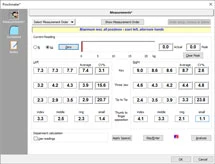
This test can be taken for the key (lateral), three jaw (tri-pod) and tip to tip positions. Three trials per position can be recorded and the software automatically calculates the average Pinch measurement and the co-efficient of variation percentage.
Sustained Pinch Test (2/3)
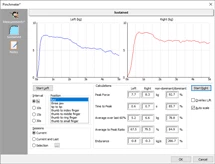
This test measures force over time for a 5, 10, 15 or 30 sec interval. Peak force, time to reach peak force, average to peak ratio percentage (sustainability) and fatigue rate are automatically calculated and immediately displayed. The current graph can be compared with a prior test to analyze progress.
E-LINK Goniometers, small and large
E-LINK Goniometers are precise electronic devices, designed for speed and accuracy of data collection. They are invaluable for patients in need of a speedy assessment to minimize discomfort from pain associated with lengthy evaluations.
The goniometer is simply placed over a joint and at the single click of a button the data is recorded in 1⁰ increments and entered automatically into the software. This data is clearly displayed on the appropriate screen graphic.
Progress reports can be easily generated by E-LINK software covering a maximum of 10 tests and displayed in both graph and table format.
- The small Goniometer is used for the hand to measure ROM for fingers and thumb
- The large Goniometer is used for the wrist, forearm, elbow, shoulder, hip, knee and ankle
- Amputation, ankylosis and arthrodesis can be documented
- The software can also be configured to accommodate the neutral zero method of measurement
- Using a wireless Adaptor with the Goniometer is particularly beneficial as it enables measurements to be taken even when the patient is a distance from the computer screen.
- E-LINK Goniometers – ideal for speedy and accurate ROM evaluation
E-LINK ForcePlates
Assessment of weight bearing stability and balance for the Stroke patient can be a major challenge for clinicians. The E-LINK Dual Axis ForcePlate System provides the solution by scientifically quantifying the symmetrical weight distribution of the patient in both anterior-posterior (front/back) and medial-lateral (left/right) axes simultaneously. It accurately and objectively assesses the patient's ability to maintain postural stability on a static surface and evaluates progress over time as an outcome measure.
- 4 ForcePlates are placed in a standardized BaseFrame and a specialized cable connects the ForcePlates to the X4 InterX Unit which is the USB interface to the computer
- The position of the ForcePlates may be varied within the BaseFrame to accommodate different stance widths
- Foot position is standardized and documented for each test, thus reducing variability for test to re-test reliability
- The standing balance assessment, undertaken for 5, 10, 15, 30 or 60 second test, measures fluctuations in the weight distributed over the ForcePlates
- Results are displayed both in text and graph format for immediate feedback and analysis, with the average % deviation from the center documenting symmetry of stance and the standard deviation % documenting stability
- Up to 10 tests can be compared simultaneously for progress reporting over time
- The ForcePlates may also be used to assess seated balance and can even be placed under the wheels of a wheelchair where applicable (each ForcePlate accepts 100kg weight)
- As an alternative, 2 ForcePlates can be connected to the X4 InterX Unit for seated balance assessment and exercise or for bilateral upper limb assessment and exercise…for example when needing to move from sit to stand, and the real-time display in the software gives immediate feedback both to the patient and Therapist
- Balance Training Exercise can immediately follow the evaluation and the test results help determine where exercise best needs to be focused
The versatile modularity of E-LINK enables the ForcePlates to be used in many different ways for patients undergoing Neuro Rehabilitation.

